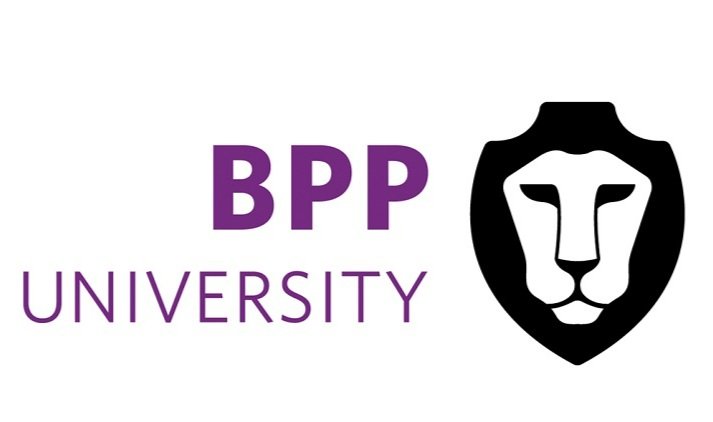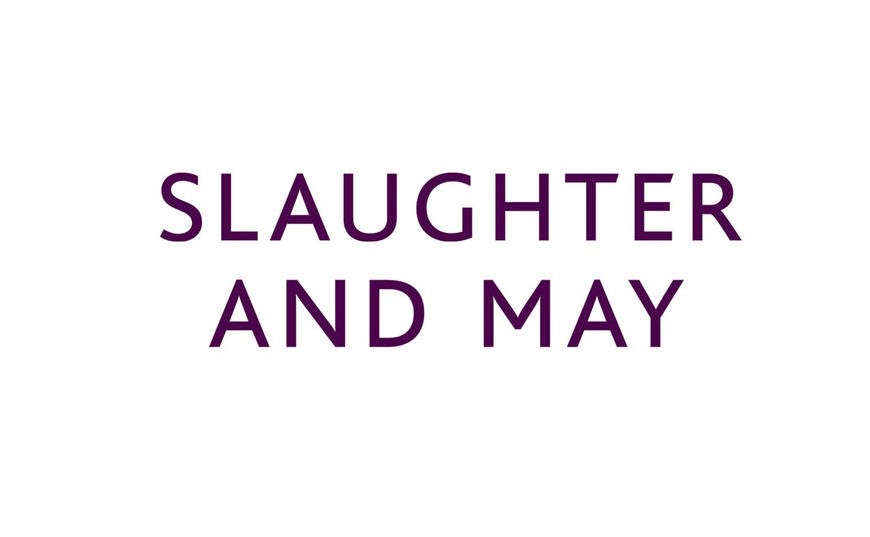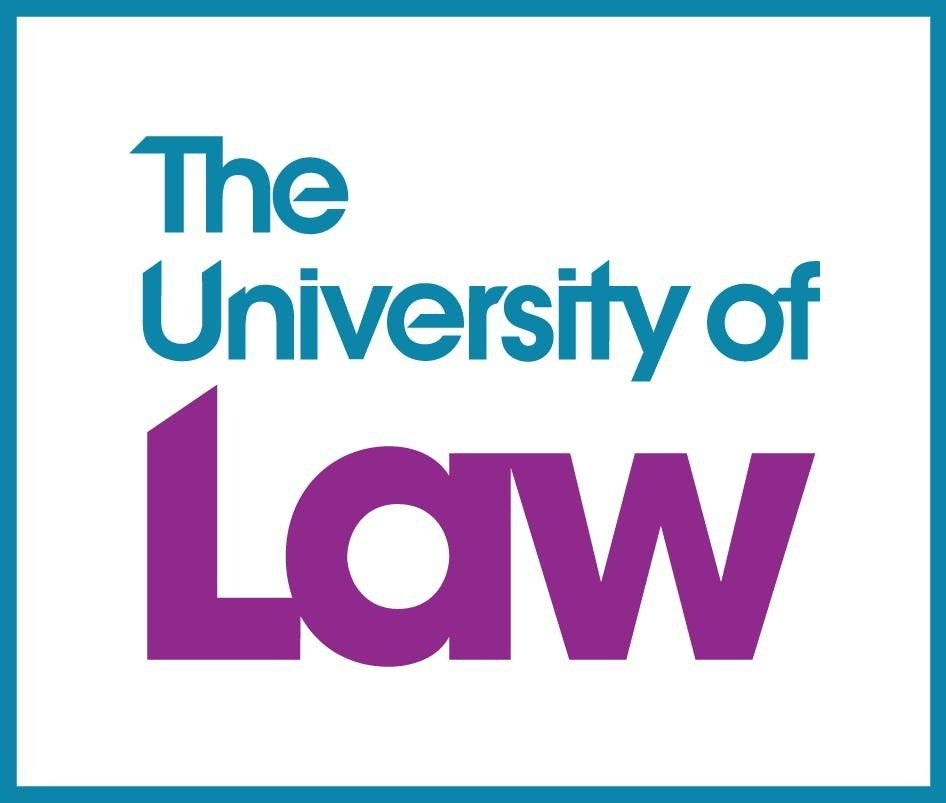Introduction
According to the United Nations Convention on the Rights of the Child (UNCRC), education is recognised as a ‘legal entitlement’ across all demographics [1]. Enshrined in Article 28 is the notion that ‘free primary’ education must be ‘available’ and ‘accessible’ for all [2]. However, there are issues of non-compliance; this is primarily to do with a child’s gender and socioeconomic position, and how these factors often correlate with access to and time spent in education.
The Sociolegal Landscape of Education for Children
Despite the UNCRC being ratified by 20 nations and signed by 140, across the West and the East, universal education for children still remains a concern [3].
A limitation of the UNCRC is access to secondary education, which is executed on the basis of ‘capacity’ [4]. This means that states that do not have the financial means to endorse the education of children do not have to prioritise this level of education A ramification, therefore, is that at least ‘132 million girls are out of school’ worldwide [5]. Included within this statistic is the fact that there are ‘30 million of lower-secondary school age, and 67.4 million of upper-secondary school age’ [6]. Reasons related to these figures can vary significantly, from socioeconomic factors, child marriages and armed conflict being some of the major concerns.
It is therefore evident that different sociocultural circumstances impede the universality of education. Especially prominent is the issue of child marriages: the case studies concerning female child-brides in Niger are where the highest number of child marriages take place [7]. The vulnerability of these girls is demonstrated in the rising figures of gendered violence, as well as lowered conception rates on account of malnutrition. Additionally, a generally under-reported issue is male child-grooms in the Central African Republic (CAR) [8]. Under-age male marriages in the CAR have also increased, now meaning that ‘1/5 boys of 115 million’ are being married ‘before the age of 15’ [9].
Disparities in Education in Practice and the Failings of Education Initiatives
As a consequence of these societal issues, even with the primary level of education being compulsory, only 66% of countries have attained gender parity with a ‘45 per cent parity in lower secondary education’ and ‘25 per cent in upper secondary education’ [10]. A conclusion that can be made from these findings is that although boys can be exploited as much as girls can, education as a whole is still lacking in terms of gender-equitable means of distribution.
A reason for the continuation of disparity is the use of insufficient initiatives surrounding education, resulting in an ‘education deficit’ [11]. For example, the United Nations Girls Education Initiative, under UNICEF, aspires to promote the education of girls, by eliminating gendered pedagogical practices [12]. Rights to education, however, have a tendency to be interdependent on other rights such as the right to shelter, which is entrenched in possessing enough income for maintenance. Girls are often taken out of education and placed in situations that offer families the chance to overcome some financial challenges: by work, or marrying into other families. This leaves education seeming like an unattainable hope where it should be a reality. Therefore, by analysing education rights as merely educational ones, there is a danger that it disregards the socioeconomic scope that determines the extent to which a girl can be educated, if at all.
Conclusion
To conclude, there is proof to suggest that when a child’s safety is compromised, a child’s right to education can be too. This vulnerability can be caused by sociocultural, or socioeconomic factors; but the context of a state’s resources also often correlates to how educational disparities are maintained. This should compel organisations, such as the UN, to direct their energy into eradicating elements like poverty, which is often the underlying cause of lack of access to primary and secondary education, as much as the gender disparity can be.
United Nations Convention on the Rights of the Child 1989, Art 28
Ibid.
UN Child Rights Blog, ‘CRC Ratifications- Chronological Order’ (UN Child Rights Blog, 2012) <https://unchildrights.blogspot.com/2011/01/chronological-order-ratifications-crc.html> accessed 20 November 2020
United Nations Convention on the Rights of the Child 1989, Art 28(c)
UNICEF, ‘Girls’ Education’ <https://www.unicef.org/education/girls-education> date accessed 20 November 2020
Ibid.
BBC News, ‘The Plight of Niger’s Child Brides’ (BBC, 2014) <https://www.bbc.co.uk/news/av/world-27629708> date accessed 20 November 2020
Samuel Osborne, ‘Child Grooms: An estimated 115 million men married as children, UNICEF research finds’ (The Independent, 2019) <https://www.independent.co.uk/news/world/africa/child-grooms-unicef-boys-men-marriage-children-a8947296.html> accessed 20 November 2020
Ibid.
UNICEF, ‘Girls’ Education’ <https://www.unicef.org/education/girls-education> accessed 20 November 2020
Human Rights Watch, ‘The Education Deficit: Failures to Protect and Fulfil the Right to Education in Global Development Agendas’ <https://www.hrw.org/report/2016/06/09/education-deficit/failures-protect-and-fulfill-right-education-through-global> (Human Rights Watch, 2016) accessed 20 November 2020
UNICEF, ‘Girls’ Education’ <https://www.unicef.org/education/girls-education> accessed 20 November 2020
















